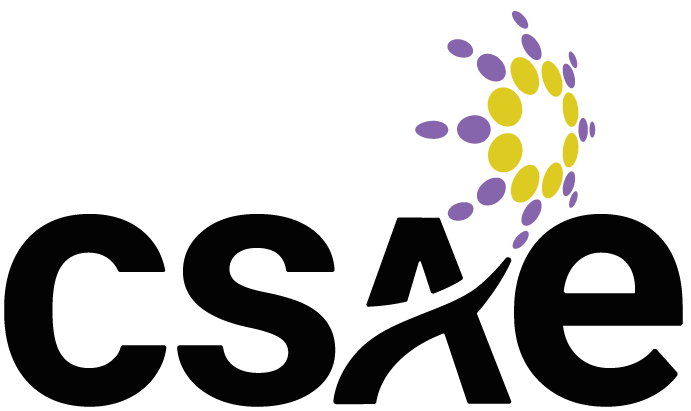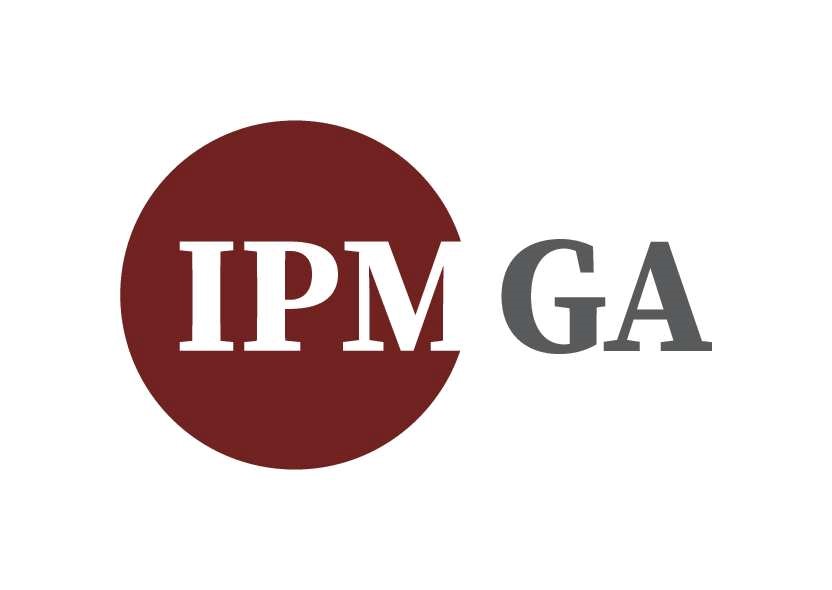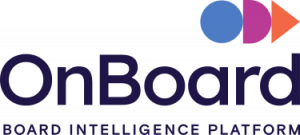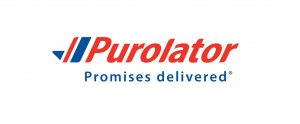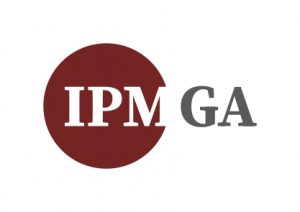Common Operational Exposures for Associations
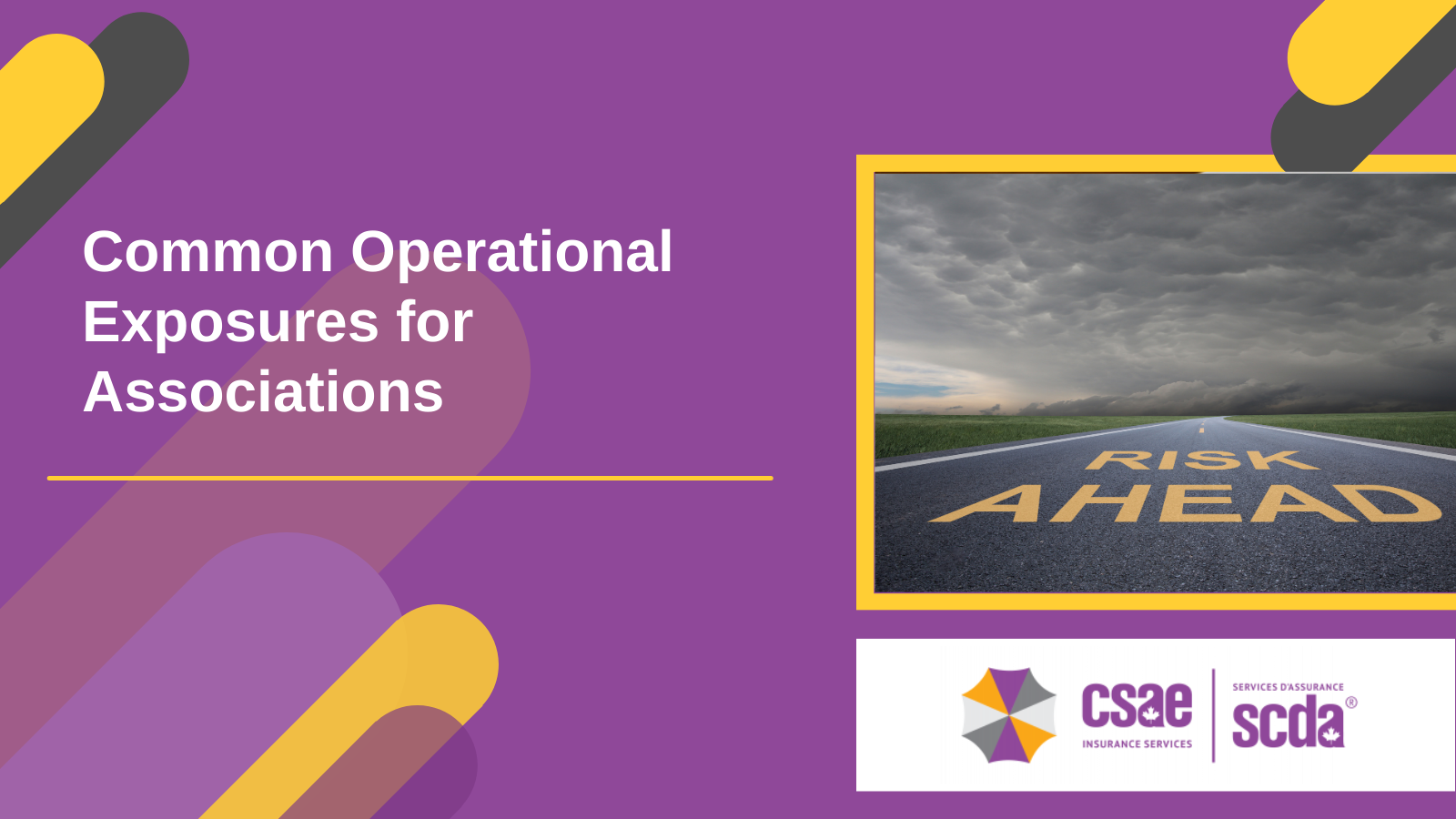
Not-for-profit organizations provide essential social services that benefit the community and its members. However, even if your organization doesn’t sell a product or generate profit, there are still a number of potential risks that can affect your employees, assets, volunteers, directors and officers, and most importantly, your mission.
Countless claims can be brought against your association. For example, a volunteer could sue your directors and officers for discrimination or harassment, leading to costly litigation. Additionally, should an individual injure themselves at one of your events or on your property, they could bring a claim against you. The list below provides an overview of these risks and more—helping you identify potential blind spots in your risk management and insurance programs.
Directors and Officers
With each decision made on behalf of your organization, directors and officers (D&Os) of associations assume a level of risk. In the event of a claim, non-profit leaders can suffer damage to their reputations and personal finances. What’s more, D&O claims can come from a variety of sources, including employees, members, clients, volunteers, regulators and donors.
Volunteers
Associations depend heavily on the kindness of volunteers to successfully carry out their mission. However, should one of these individuals injure themselves while serving your organization, you could be held liable for any damages. What’s more, insurance coverage for volunteers isn’t always available under general liability policies. Accordingly, many associations provide insurance to their volunteers under a stand-alone insurance policy.
Sexual Assault
Some not-for-profits are at risk for false allegations of sexual assault due to the unique characteristics of these organizations (e.g., frequent, unsupervised interactions between children and trusted adults). Whether legitimate or not, sexual abuse allegations involving employees, volunteers, or directors and officers can have catastrophic consequences for your group or organization.
Property
Property—including your building, fixtures, office equipment, data, signage and similar items—plays a key role for your organization. And, in the event of a loss caused by fires, theft, vehicles or vandalism, your non-profit can suffer major financial damages. What’s more, a single incident can affect multiple aspects of your property, compounding costs and downtime for your organization.
Professional Liability
If your association provides counselling, training, or other kinds of instruction or services, professional liability exposures can be substantial. When providing these services, any errors and omissions—whether intentional or not—can create serious legal concerns. Specifically, should your organization, Board of Directors, employees or volunteers provide advice or make decisions that harm a third party, your association could face legal action.
Cybersecurity
As more and more not-for-profits use databases to keep records of members, clients, volunteers and donations, cyber exposure will continue to increase. In fact, non-profits are a common target for cybercriminals, as these organizations often process a high volume of checks and credit and debit card information when taking donations or membership fees. In addition, volunteers and employees who are improperly trained on computer and data safety could put your organization at risk of ransomware, viruses, phishing scams and malware.
Automobiles
Depending on the services your association offers, employees and volunteers may be required to operate a vehicle on your behalf, creating automobile exposures in the process. While important for transporting volunteers, hosting successful events and carrying out other organizational tasks, the improper use of a vehicle can lead to potential accidents and major insurance claims. What’s more, if you allow employees and volunteers to use their own vehicles for work, standard auto policies are often not enough.
For More Information
While the proper risk management practices can reduce certain exposures, no system is 100 per cent effective in ensuring an incident-free workplace. As a result, it’s all the more crucial to work with a qualified insurance broker to not only assess your exposures, but secure the appropriate insurance coverage as well. To learn more, contact CSAE Insurance Services today at CSAE Insurance Services

